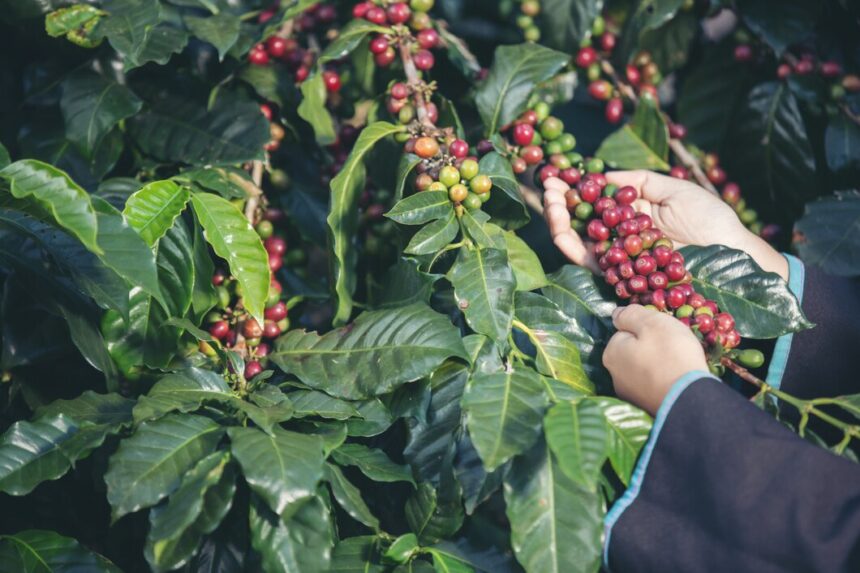Coffee rust, caused by the fungus Hemileia vastatrix, is a significant concern for coffee growers worldwide. This devastating disease can severely impact coffee yields and quality if not identified and managed early. Recognizing the early signs of coffee rust is crucial for implementing timely interventions to protect your coffee plants. Here are ten key symptoms to watch for:
1. Yellowing or Chlorosis of Leaves:
One of the earliest signs of coffee rust is the appearance of yellow spots or patches on the upper surface of leaves. This chlorosis occurs as the fungus disrupts the chlorophyll production in the leaf tissue.
2. Orange or Rust-Colored Pustules:
As the disease progresses, tiny, powdery orange or rust-colored pustules (uredinia) develop on the underside of infected leaves. These pustules contain masses of fungal spores that can spread rapidly in favorable environmental conditions.
3. Premature Leaf Drop:
Infected leaves may begin to drop prematurely, leading to defoliation of the coffee plant. This can weaken the plant and reduce its ability to produce and ripen coffee cherries.
4. Reduced Growth and Stunted Shoots:
Coffee plants affected by rust may exhibit reduced vigor and growth. New shoots may appear stunted or fail to develop properly, affecting overall plant health.
5. Abnormal Ripening of Coffee Cherries:
Infected coffee cherries may ripen unevenly or prematurely. This can result in a lower quality of coffee beans and reduced yield at harvest.
6. Generalized Weakness or Wilted Appearance:
The entire coffee plant may display a general weakened appearance, with wilted leaves and overall reduced vitality. This can be a cumulative effect of nutrient loss and reduced photosynthesis due to the fungal infection.
7. Sparse Foliage and Thinning Canopy:
Severe coffee rust infestations can lead to a noticeable thinning of the foliage canopy. The plant may struggle to maintain leaf cover, further exacerbating its vulnerability to environmental stresses.
8. Dieback of Branches or Tips:
In advanced stages, coffee rust can cause dieback of branches or terminal shoots. This can significantly impact the plant’s ability to produce new growth and bear fruit in subsequent seasons.
9. Susceptibility to Secondary Infections:
Coffee plants weakened by rust are more susceptible to secondary infections by other pathogens or pests. This can complicate management efforts and further reduce crop yields.
10. Economic Impact and Yield Loss:
Ultimately, untreated coffee rust can lead to significant economic losses for growers. Reduced yields, lower-quality coffee beans, and increased production costs associated with disease management can all impact profitability.
Early detection and prompt management are essential in combating coffee rust and minimizing its impact on coffee production. Regular scouting of coffee plants, especially during favorable conditions for fungal growth (such as high humidity and moderate temperatures), can help identify the disease at its onset. Implementing integrated pest management strategies, including fungicide applications and cultural practices, can effectively control coffee rust and protect your coffee crop. By staying vigilant and proactive, coffee growers can safeguard their plants and ensure a healthy and productive harvest season.
Join 'Farmers Mag' WhatsApp Channel
Get the latest Farming news and tips delivered straight to your WhatsApp
CLICK HERE TO JOIN






